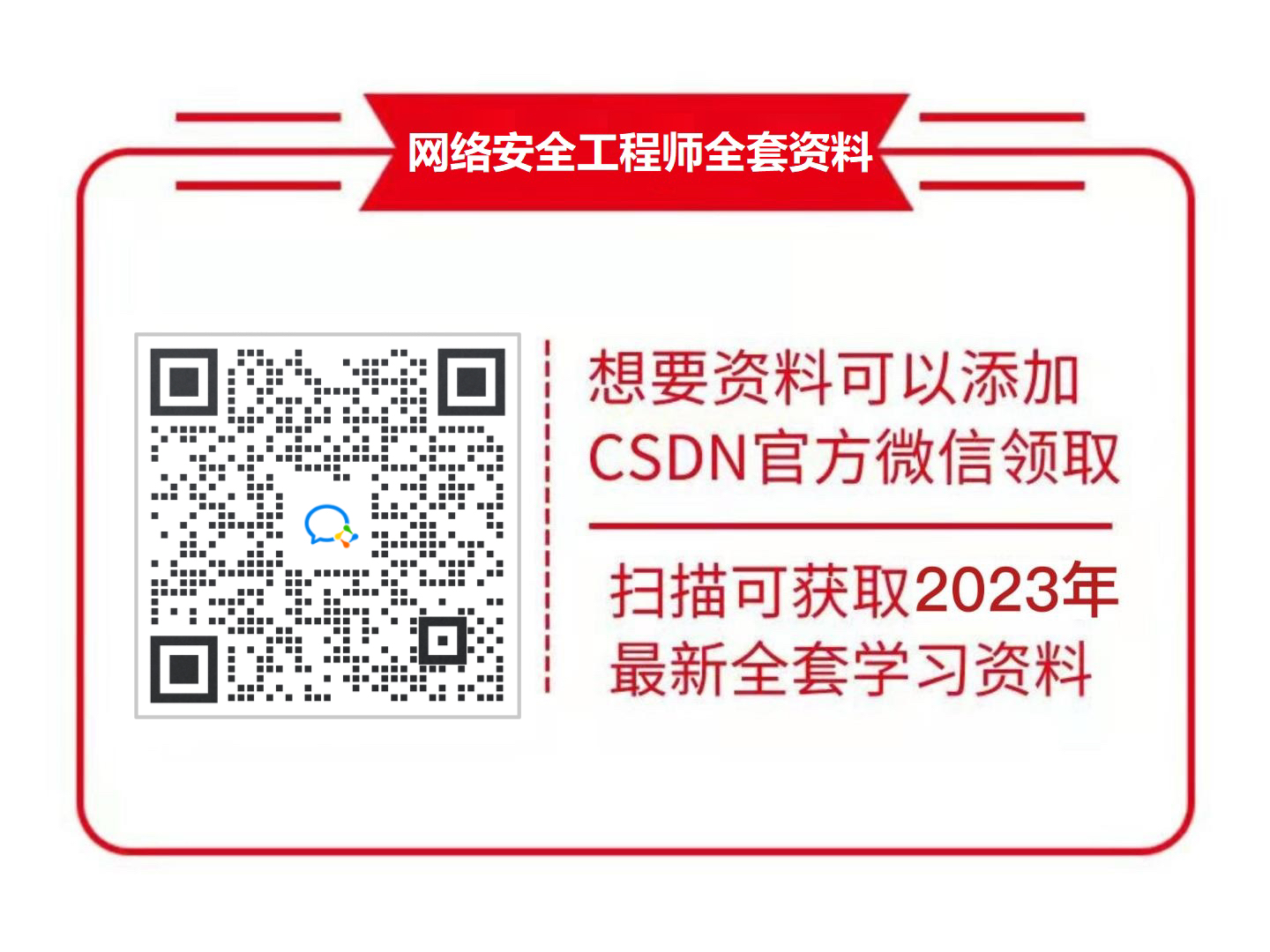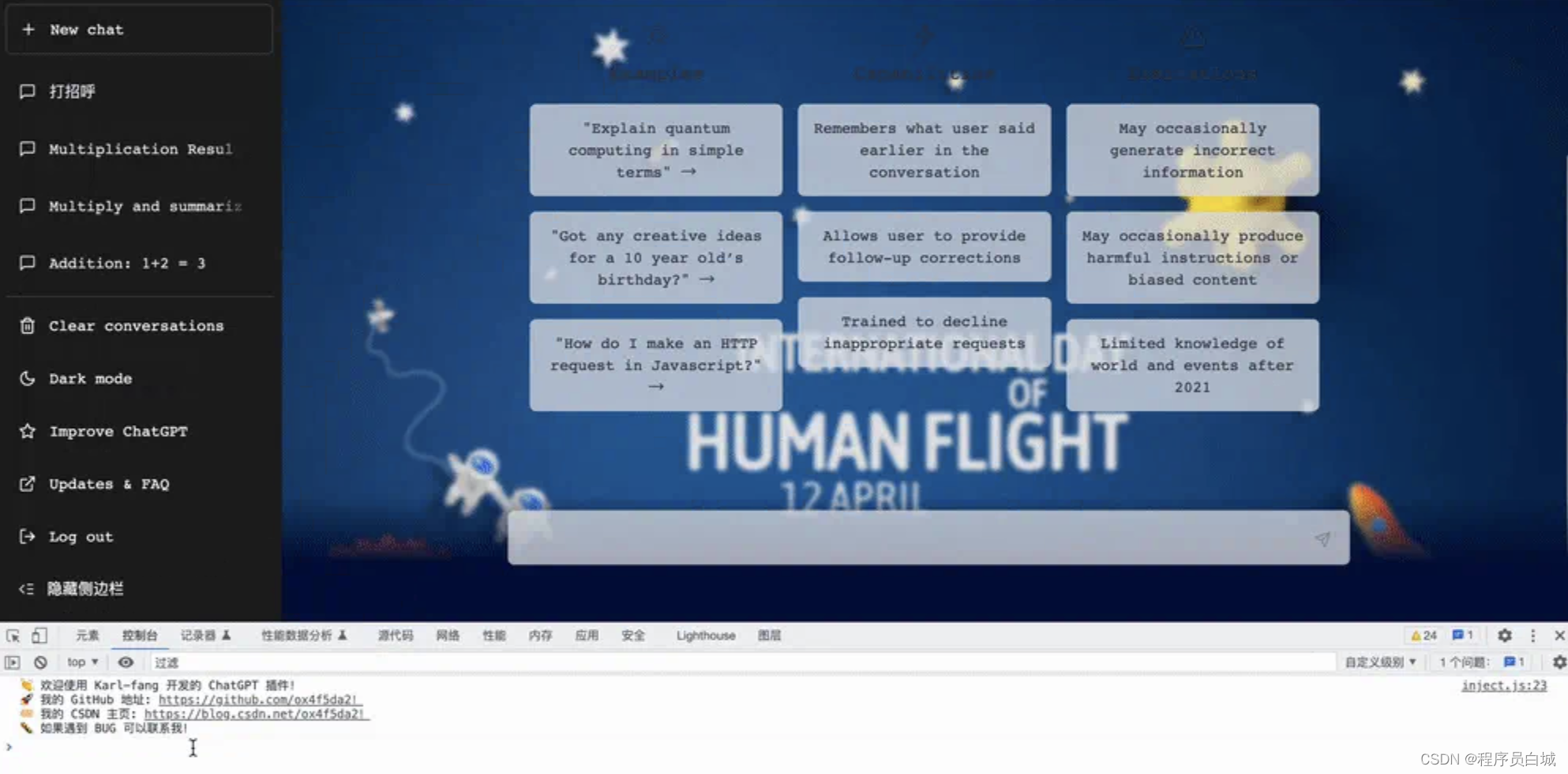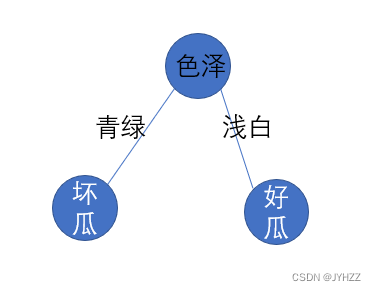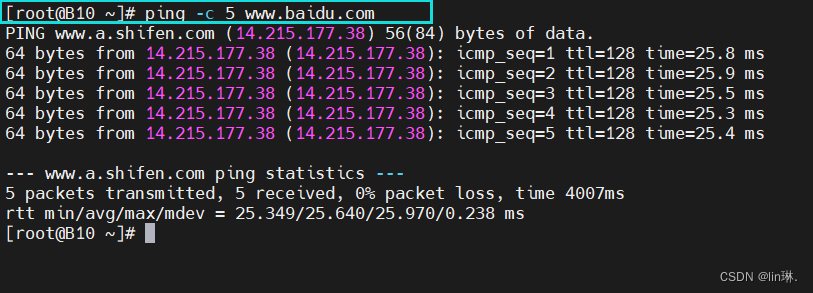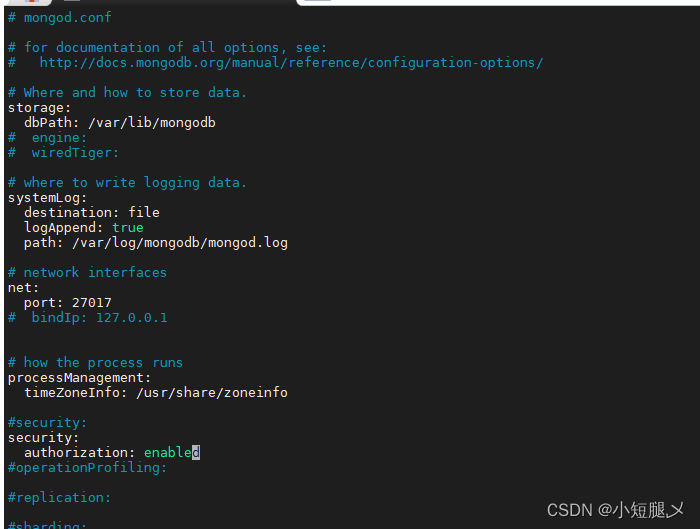目录
💥1 概述
📚2 运行结果
🎉3 参考文献
👨💻4 Matlab代码
💥1 概述
近年来我国电动汽车行业飞速发展,其中电动汽车入网技术(vehicle-to-grid,V2G)在中国新电力系统和能源互联网中是成本较低、规模较大、安全性能较好的一项新兴技术,成为未来发展的趋势。由于当前V2G技术不够成熟,试点项目较少,用户参与V2G的放电行为特征数据和V2G参与电力市场的案例分析较少。
本文开发了一种算法来调度使用充电站的500辆电动汽车(EV),以使充电成本最小化,同时,随机调度任意少量的电动汽车行驶到指定的房屋负载,在那里放电并返回充电站。模拟测试了三种不同的场景——首先,客户满意度(即电动汽车车主满意度)被认为是从放电中赚取的钱和在充电中花费的钱之间的总差异,其次,客户满意度与第一种场景相同,但减去模拟结束时未完成充电的总成本,第三,客户满意度考虑了放电利润、充电成本、未完成充电总成本以及在整个模拟过程中从每辆电动汽车切换的成本。
📚2 运行结果





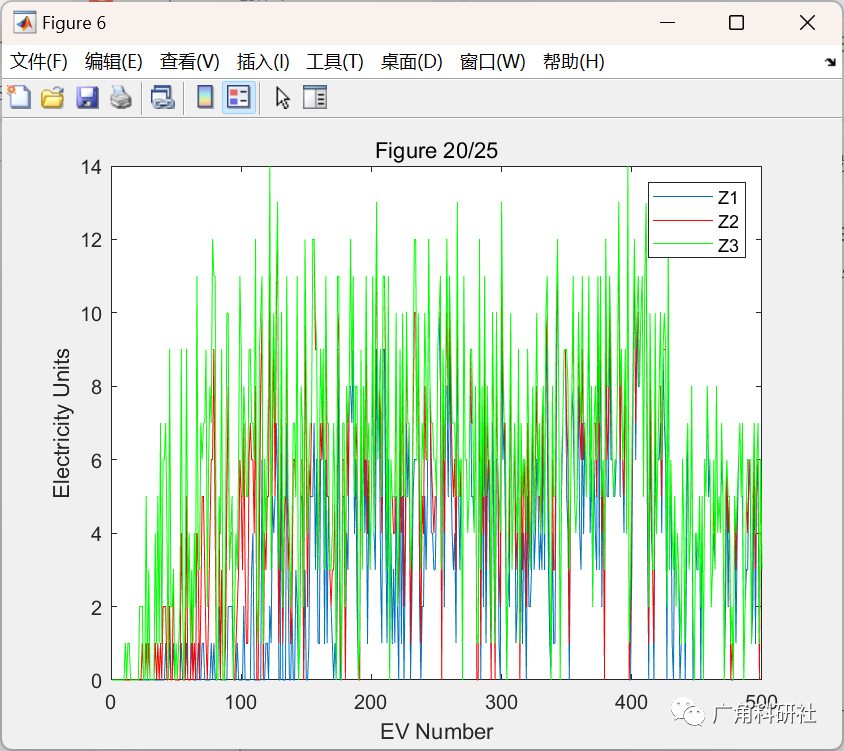
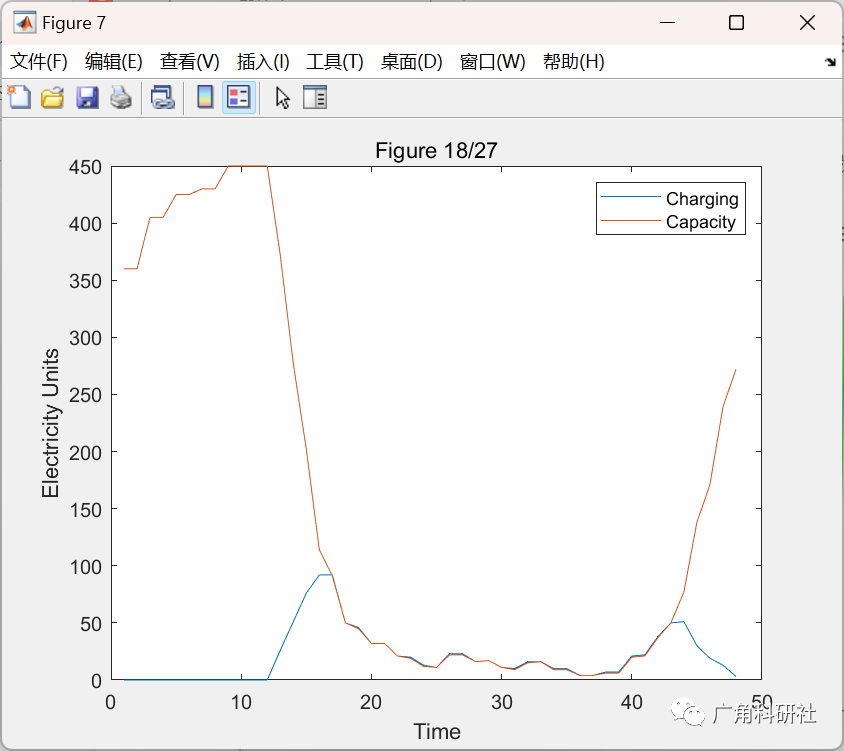
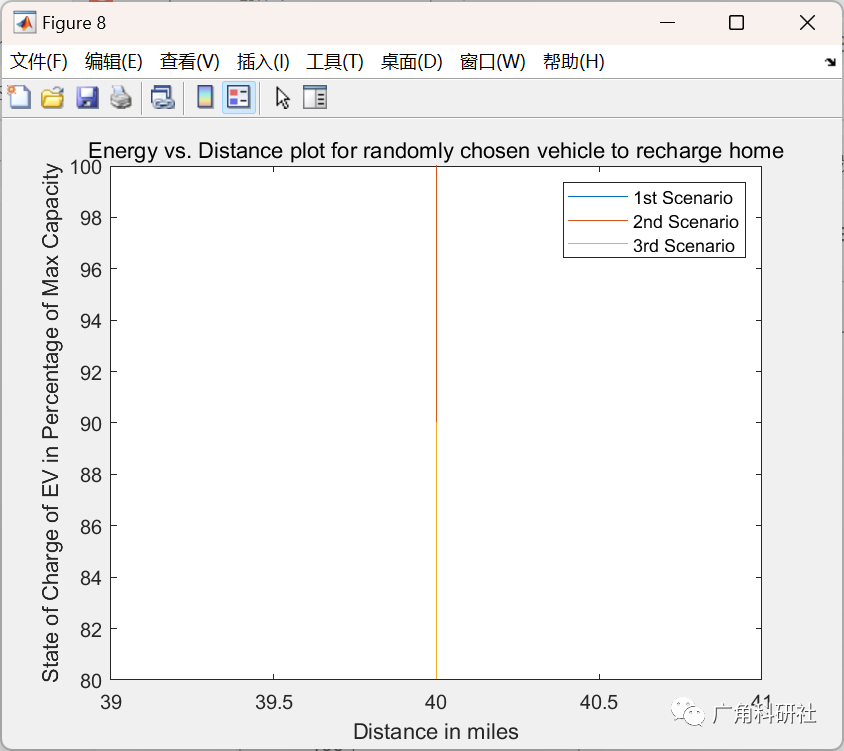
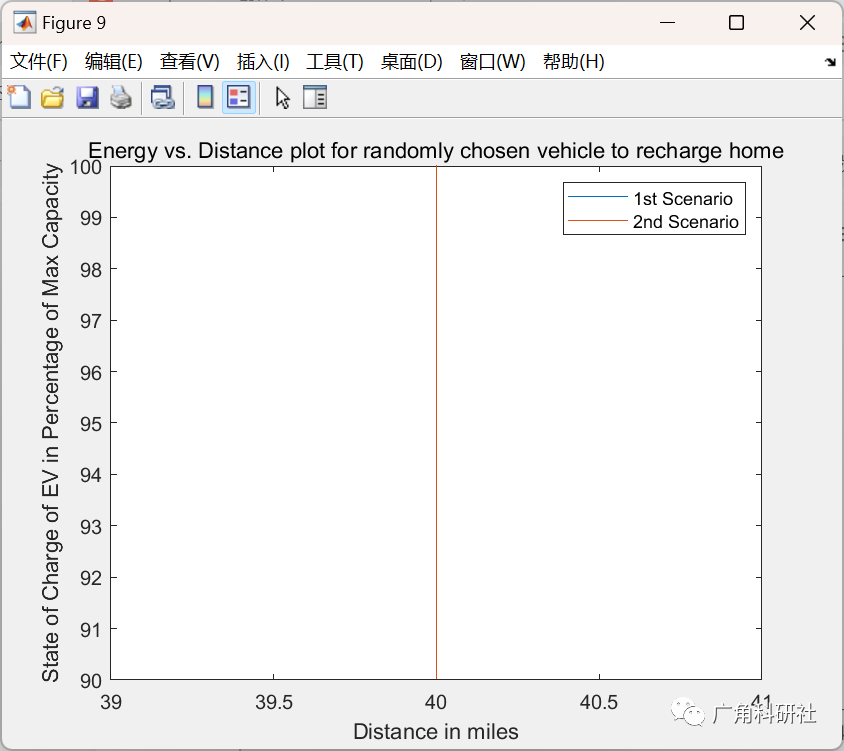
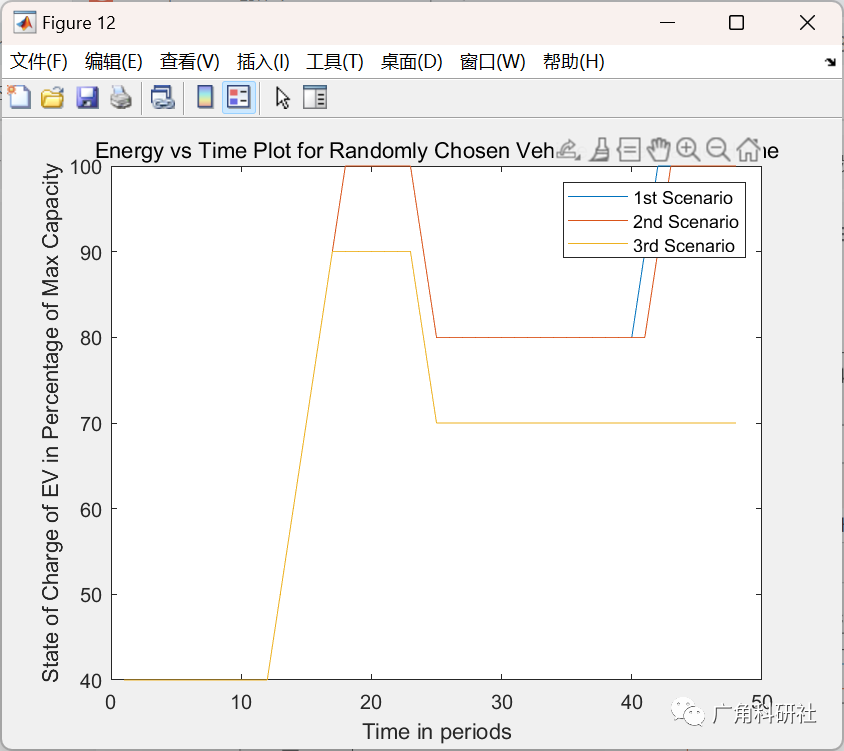
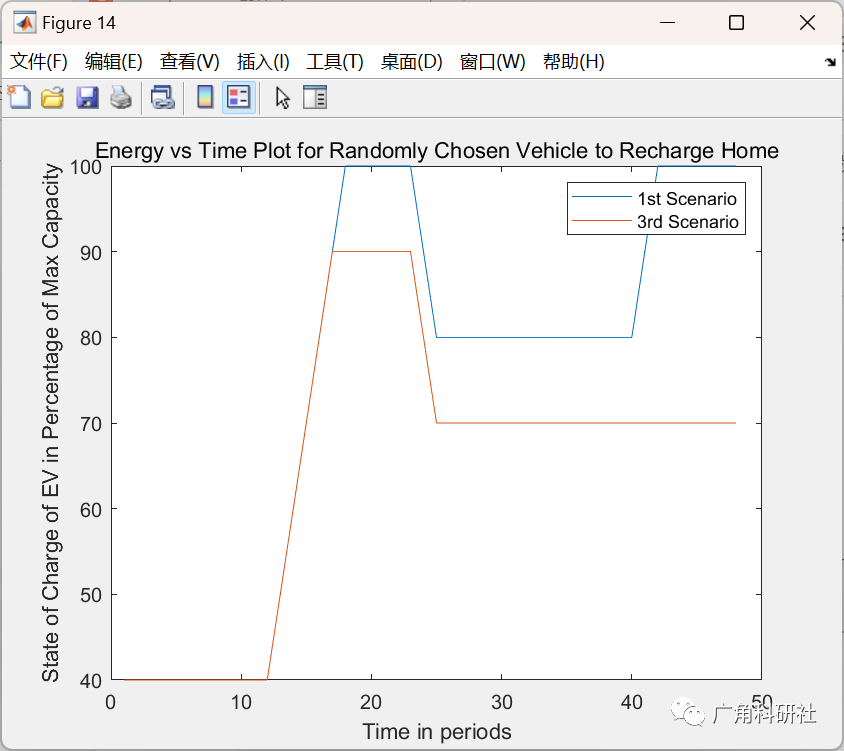
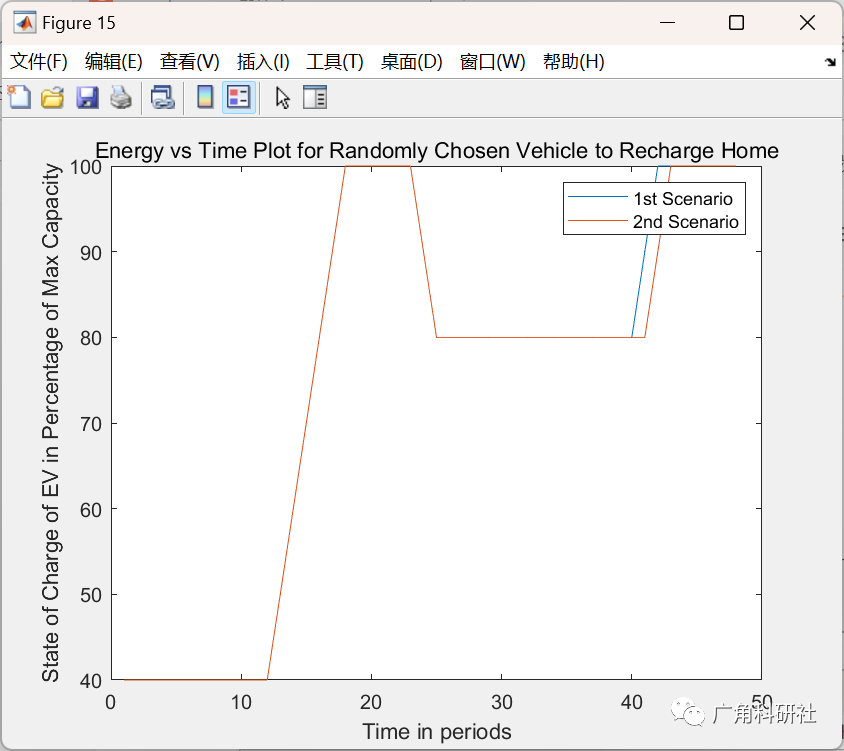
主函数部分代码:
clear all
clc
close all
global EV
global CS_first CS_second CS_third Ct_available_EU Pt_available_EU pc periods N home_vehicles max_loss planning_periods cpt_available_EU
global list_of_total_switches_made_1st
global frequency_of_switches_1st
global total_x_1st
global total_y_1st
global list_of_total_z_1st
global frequency_of_z_1st
global EV_1st
global list_of_total_switches_made_2nd
global frequency_of_switches_2nd
global total_x_2nd
global total_y_2nd
global list_of_total_z_2nd
global frequency_of_z_2nd
global EV_2nd
global list_of_total_switches_made_3rd
global frequency_of_switches_3rd
global total_x_3rd
global total_y_3rd
global list_of_total_z_3rd
global frequency_of_z_3rd
global EV_3rd
global no_home_vehicles
global home_vehicle_SOC_predictions_1st
global home_vehicle_SOC_predictions_2nd
global home_vehicle_SOC_predictions_3rd
%% Initialize all the required variables and parameters
%Choose the number of vehicles you want taking mid-home trips to discharge
%at homes - default = 20
no_home_vehicles = 20;
main_initialization
max_loss = -100; %maximum cost in cents an EV owner is willing to pay for charging
%Customer satisfaction variables
CS_first = 0;
CS_second = 0;
CS_third = 0;
%% Simulation - 1st scenario
EV_initial = EV;
first_scenario
%Customer satisfaction calculation for first scenario
for t = 1:periods
for i = 1:N
CS_first = CS_first + EV(i).y(t)*Pt_available_EU(t) - EV(i).x(t)*Ct_available_EU(t);
end
end
first_scenario_plot_parameters
%% Analysis of travelling EV's that took home trips - first scenario
fprintf('FOR THE FIRST SCENARIO,\n\n');
for j = 1:length(home_vehicles)
fprintf('Electric vehicle %i had the following states of charge at the associated arrival/departure times:\n', home_vehicles(j));
for i = 1:length(EV(home_vehicles(j)).schedule)
if rem(i,2) ~= 0
fprintf('Arrival time at period %i => SOC of %i percent of maximum battery level\n', EV(home_vehicles(j)).schedule(i), EV(home_vehicles(j)).soc(EV(home_vehicles(j)).schedule(i))*100/EV(home_vehicles(j)).mc);
else
fprintf('Departure time at period %i => SOC of %i percent of maximum battery level\n', EV(home_vehicles(j)).schedule(i), EV(home_vehicles(j)).soc(EV(home_vehicles(j)).schedule(i))*100/EV(home_vehicles(j)).mc);
end
end
fprintf('\n');
fprintf('Estimated SOC percentage at the end of the simulation = %i percent\n', home_vehicle_SOC_predictions_1st(i)*100/EV(home_vehicles(j)).mc);
fprintf('Actual SOC percentage at the end of the simulation = %i percent\n', EV(home_vehicles(j)).soc(EV(home_vehicles(j)).schedule(6))*100/EV(home_vehicles(j)).mc);
fprintf('\n');
end
%% Simulation - 2nd scenario
EV = EV_initial;
second_scenario
%Customer satisfaction calculation for second scenario.
for i = 1:N
for t = 1:periods
CS_second = CS_second + EV(i).y(t)*Pt_available_EU(t) - EV(i).x(t)*Ct_available_EU(t);
end
CS_second = CS_second - pc*EV(i).z;
end
🎉3 参考文献
[1]洪睿洁,顾丹珍,莫阮清,蔡思楠,张超林.基于用户偏好的电动汽车储能V2G策略优化研究[J/OL].储能科学与技术:1-11[2023-05-17].
部分理论引用网络文献,若有侵权联系博主删除。









![IM即时通讯系统[SpringBoot+Netty]——梳理(五)](https://img-blog.csdnimg.cn/49800dd9080d4bb48b45b63a97bc7a5c.png)
